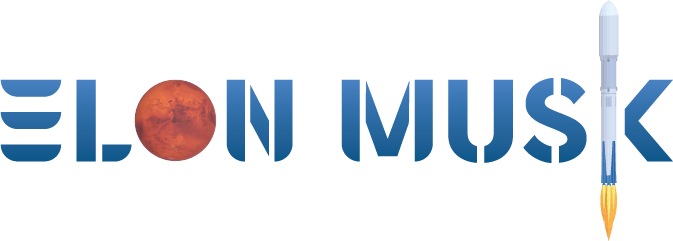
It’s official – Tesla-based plug will be the new federal EV charging standard
- by Electrek
- Dec 04, 2024
- 0 Comments
- 0 Likes Flag 0 Of 5

Photo: EVgo
More details from the feds on the J3400 standard based on Tesla’s plug are coming, acting Federal Highway Administrator Kristin White announced Tuesday.
It’s officially the Tesla-based J3400
Independent standards organization SAE International announced in October that it had released J3400, the new open standard based on the Tesla charging technology. Yesterday, White said at a conference hosted by the Alliance for Automotive Innovation:
In the coming weeks, you will be seeing an update from the federal agencies on what we call the J3400 standard. That will be the standard moving forward, and we’re really happy to report that out.
An FHWA spokesperson contacted Electrek to clarify, so we have updated our headline: “FHWA did not announce a new rulemaking. Because the existing rule allows J3400 flexibilities, we intend to provide clarification on using those flexibilities. Acting Administrator White stated that new FAQs on this topic are forthcoming, and a webinar is scheduled for December 17. FHWA will provide additional details on the FAQs when that information is made public.“
Electrek’s Take
As my colleague Jameson Dow explained in a post last year, the J3400 charging connector, which is based on Tesla’s NACS plug, offers numerous benefits, so it makes sense that the feds are giving it “additional flexibilities.” Thanks to SAE’s involvement, it is now an open standard, no longer tied to a single automaker.
For example, the J3400 should make installation and charging cheaper and easier for businesses and multifamily dwellings, make charging more interoperable between commercial and personal vehicles, and create new possibilities for EV street charging. It’s worth reading Jamie’s post here.
The National Electric Vehicle Infrastructure (NEVI) program currently requires that each federally funded EV charging station must have at least four CCS ports that can charge at 150 kW simultaneously. I’m guessing this is where the flexibility will come in – some kind of integration for both types of ports. The Biden administration isn’t just going to trash the CCS port-equipped charging stations in the pipeline or are already in place as it phases in the J3400.
If you live in an area that has frequent natural disaster events, and are interested in making your home more resilient to power outages, consider going solar and adding a battery storage system. To make sure you find a trusted, reliable solar installer near you that offers competitive pricing, check out EnergySage, a free service that makes it easy for you to go solar. They have hundreds of pre-vetted solar installers competing for your business, ensuring you get high quality solutions and save 20-30% compared to going it alone. Plus, it’s free to use and you won’t get sales calls until you select an installer and share your phone number with them.
Your personalized solar quotes are easy to compare online and you’ll get access to unbiased Energy Advisers to help you every step of the way. Get started here. –trusted affiliate link*
Add Electrek to your Google News feed.
Please first to comment
Related Post
Stay Connected
Tweets by elonmuskTo get the latest tweets please make sure you are logged in on X on this browser.
Sponsored
Popular Post
tesla Model 3 Owner Nearly Stung With $1,700 Bill For Windshield Crack After Delivery
33 ViewsDec 28 ,2024
Middle-Aged Dentist Bought a Tesla Cybertruck, Now He Gets All the Attention He Wanted
32 ViewsNov 23 ,2024






 Energy
Energy



















